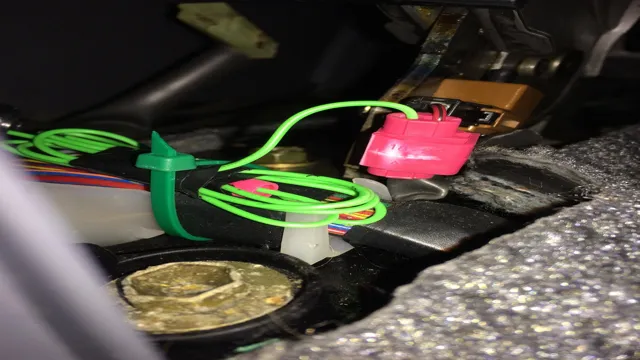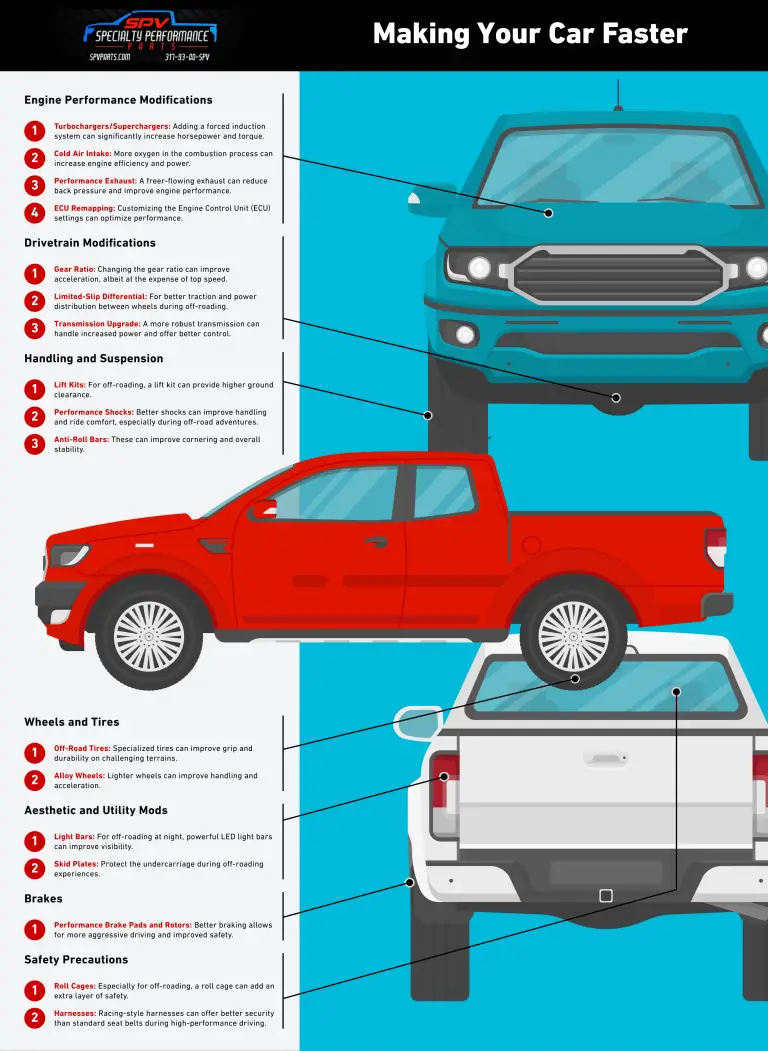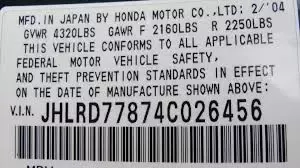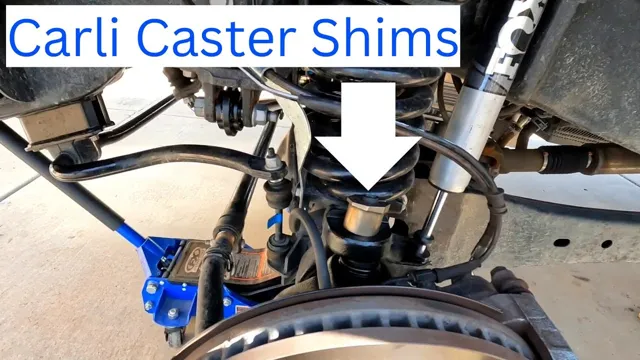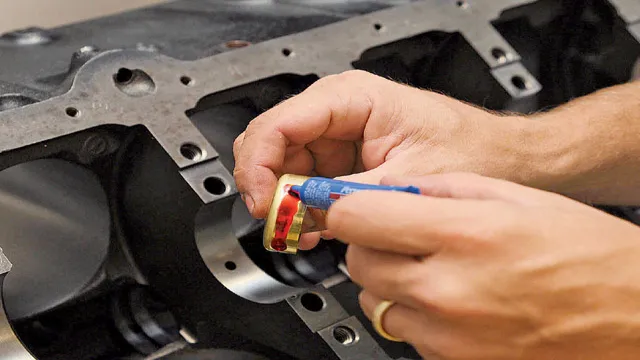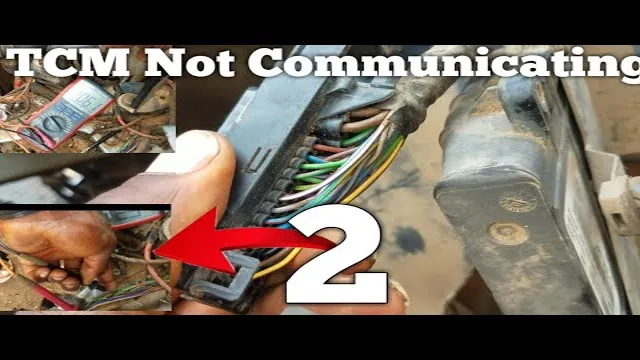Bypass Brake Light Switch: Step-by-Step Guide for Easy DIY Fix
Do you need to bypass your brake light switch but don’t know where to start? Don’t worry, it’s quick and easy! Bypassing your brake light switch can be necessary for several reasons, such as when your brake lights aren’t working correctly or when you have installed aftermarket pedal assemblies. Whatever the reason, doing this yourself can save you time and money. In this blog post, we’ll guide you through the process step-by-step and provide some helpful tips along the way.
So, grab your tools and let’s get started!
Locate the Brake Light Switch
If you’re looking to bypass the brake light switch on your vehicle, the first step is locating it. The brake light switch is typically located near the brake pedal. It can sometimes be found above or below the pedal, but it will always be connected to the pedal arm.
Once you’ve located the switch, you can begin the process of bypassing it. It’s important to note that bypassing the brake light switch is generally not recommended. The switch is in place to ensure that the brake lights turn on when you press the brake pedal, which is crucial for safety while driving.
However, if you need to bypass the switch for a specific reason, it’s important to be extremely careful and follow proper procedures. Depending on your vehicle and the specifics of your situation, there may be different methods for bypassing the switch. It’s crucial to research and consult with a professional if you’re unsure about the process.
Understand the Purpose of the Switch
When it comes to fixing your brake light, understanding the purpose of the switch is crucial. The brake light switch is responsible for turning on your brake lights when you press the brake pedal. It’s a small but essential component that ensures your safety on the road.
The location of the brake light switch varies depending on the make and model of your vehicle. In most cases, it is located near the brake pedal, above or behind it. You might need to crawl under the dashboard to locate it.
Once you find the switch, you need to check if it’s functioning correctly by pressing the brake pedal and observing if the brake lights turn on and off. If they don’t, it’s likely that the brake light switch needs to be replaced. Replacing the switch is a simple DIY task that you can complete in a matter of minutes.
Overall, the brake light switch is an integral part of your car’s braking system, and ensuring it’s functioning correctly is essential for staying safe on the road.
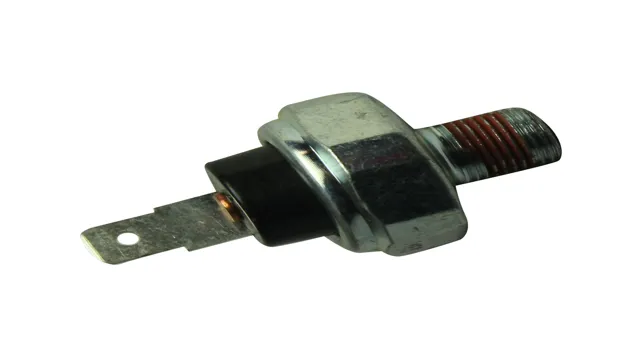
Identify the Wires Connected to the Switch
If you’re trying to locate the brake light switch in your vehicle, you’ll first need to identify the wires connected to it. Typically, there will be two or three wires running to the switch, depending on the make and model of the vehicle. These wires may be different colors, so it’s important to consult your vehicle manual or do some research online to determine which wires are which.
Once you’ve found the switch and identified the wires, you can begin troubleshooting any issues that you may be experiencing with your brake lights. This could include testing the switch for continuity or checking the wiring for any damage or corrosion. With a little bit of patience and know-how, you should be able to get your brake lights functioning properly in no time.
Bypassing the Brake Light Switch
If you’re having issues with your brake lights not turning on when you press the pedal, it could be due to a faulty brake light switch. However, you can bypass the switch temporarily to test if that’s the root of the problem. Here’s how to bypass the brake light switch: First, locate the switch near the brake pedal.
Look for the wires connected to the switch and remove them carefully. Once the wires are removed, use a jumper wire to connect the two wires that were originally going to the switch. Make sure the jumper wire is secured in place and test the brake lights by pressing the pedal.
If the lights turn on, then you know it’s the switch causing the issue. Remember, bypassing the brake light switch is only a temporary solution. Always replace a faulty switch to ensure your brakes are functioning as they should be.
Disconnect the Wires from the Switch
Bypassing the brake light switch can be a tricky task, but disconnecting the wires from the switch is a simple process that can help get the job done. Before you begin, make sure to turn off the engine and remove the key from the ignition. Next, locate the brake light switch, which is usually underneath the brake pedal.
Once you have found it, look for the wires that connect to the switch. Carefully disconnect each wire by either pushing the tab down or sliding the connector off the switch. Be sure to keep track of which wire corresponds to which connector so that you can reconnect them once the bypass is complete.
This step is crucial, as reconnecting the wrong wires can cause serious problems with your brakes. Once all the wires are disconnected, you’re ready to move on to the next step in the bypass process.
Bridge the Wires with a Jumper Wire
Bypassing the brake light switch by bridging the wires with a jumper wire is a simple and effective solution to fix a faulty brake light. All you need is a jumper wire and a pair of pliers. First, locate the brake light switch under the brake pedal.
Second, unplug the connector from the switch. Third, strip both ends of the jumper wire and twist them tightly using the pliers. Fourth, insert one end of the jumper wire into one of the connector slots and the other end into the other slot.
Finally, test the brake light by pressing the brake pedal. The jumper wire serves as a direct connection between the two wires, effectively bypassing the switch. If the brake light turns on, then the problem was with the brake light switch, and bypassing it has solved the issue.
Bypassing the brake light switch is a quick and easy fix, but it’s important to replace the switch as soon as possible to ensure the safety of the vehicle and its occupants.
Test Your New Brake Light Circuit
To test your new brake light circuit, you might need to bypass the brake light switch. This can be accomplished by removing the switch and connecting the wires together. It’s essential to remember that bypassing the brake light switch should only be done when troubleshooting the circuit.
This is not a permanent solution as it can cause your brake lights to stay on all the time, even when the brakes are not engaged. It’s crucial to take safety measures when testing the circuit. One way to do this is to have someone stand behind the vehicle while you press the brakes to see if the brake lights are working correctly.
Another measure you can take is to use a multimeter to test the circuit’s voltage before and after the bypass. By following these steps, you can ensure that your brake lights are working correctly and are safe to use on the road.
Safety Considerations
If you’re wondering how to bypass your brake light switch, it’s important to consider the potential safety hazards that could arise. The brake light switch is a critical component in your vehicle’s braking system and is designed to signal the brake lights when you press the brake pedal. If you choose to bypass this switch, you run the risk of your brake lights not working, which could lead to accidents and put you and other drivers at risk.
Additionally, bypassing the brake light switch could also lead to legal repercussions, as it may not be legal to operate a vehicle with non-functioning brake lights. Instead of attempting to bypass the brake light switch, it’s best to troubleshoot the issue or seek help from a professional mechanic to ensure that your vehicle is operating safely and in compliance with all legal requirements.
Use Caution When Working with Electrical Systems
Electrical systems can be tricky to navigate, especially when it comes to safety considerations. It’s essential to remember that safety should always come first. Before beginning any work on electrical systems, ensure that the power source is turned off and that you’re using the appropriate tools and equipment for the job.
It’s also critical to wear personal protective equipment, including gloves, safety glasses, and insulated tools to prevent shocks and burns. Even with safety precautions in place, accidents can still happen, so it’s essential to have a plan in case of an emergency. Being cautious and aware of the risks involved when working with electrical systems can go a long way towards preventing injuries or even fatalities.
By taking the time to follow safety procedures, you’ll not only protect yourself, but you’ll also ensure the safety of those around you. Remember, safety first when working with electrical systems.
Avoid Short Circuits
Short circuits can be very dangerous, so it’s important to take some precautions to prevent them. One of the most important steps is to make sure that all your wiring is done correctly and safely, with no loose connections or exposed wires. Check your wires regularly for signs of wear or damage and replace them immediately if you notice anything wrong.
Another important precaution is to use fuses or circuit breakers to protect against overloading. Essentially, you want to make sure that electricity is flowing smoothly and safely through your electrical system without any interruptions or surges. With these simple steps, you can avoid short circuits and keep your home or business safe from electrical accidents.
Conclusion
While we cannot condone the evasion of safety features in a vehicle, we must acknowledge that there are times when certain workarounds need to be employed. When it comes to bypassing a brake light switch, the essential thing to remember is that safety should always come first. If you find yourself in a situation where you need to quickly disable or override the switch, tread with caution and seek expert advice.
Remember, being witty and clever may earn you some chuckles, but it won’t compensate for the potential danger and legal repercussions that could arise from neglecting vehicle safety.”
FAQs
What is a brake light switch?
A brake light switch is a device that is activated when the brake pedal is depressed and it turns on the brake lights, signaling to other drivers that the vehicle is slowing down or stopping.
Why would someone want to bypass the brake light switch?
Someone may want to bypass the brake light switch if the switch is faulty and causing the brake lights to not function properly, or if they are using their vehicle for a purpose that requires the brake lights to be off (e.g. off-roading).
How can you bypass a brake light switch?
The method to bypass a brake light switch will depend on the specific vehicle make and model. In general, it may involve splicing wires, bypassing fuses, or installing a jumper wire. It is recommended to consult the vehicle’s manual or a professional mechanic for guidance.
Is it legal to bypass a brake light switch?
It is not legal to bypass a brake light switch in most jurisdictions, as it is a safety feature that is required by law. If caught, a driver may face fines or even have their vehicle impounded. It is important to address any brake light switch issues properly and abide by all laws and regulations.

